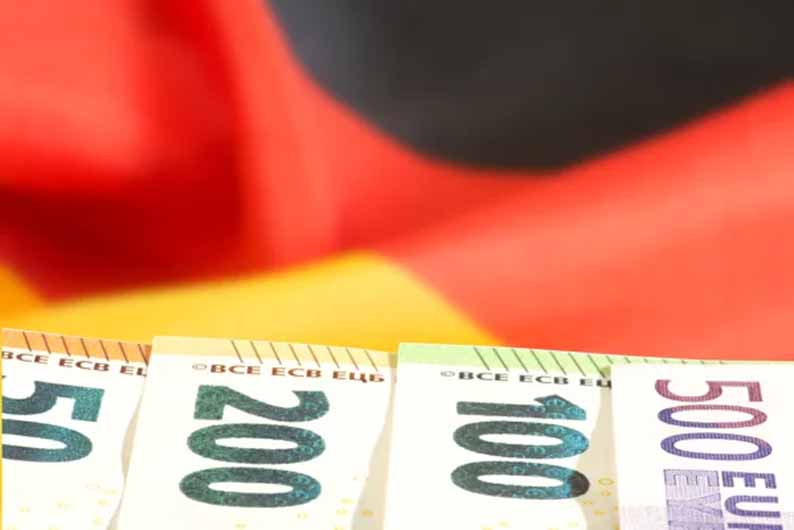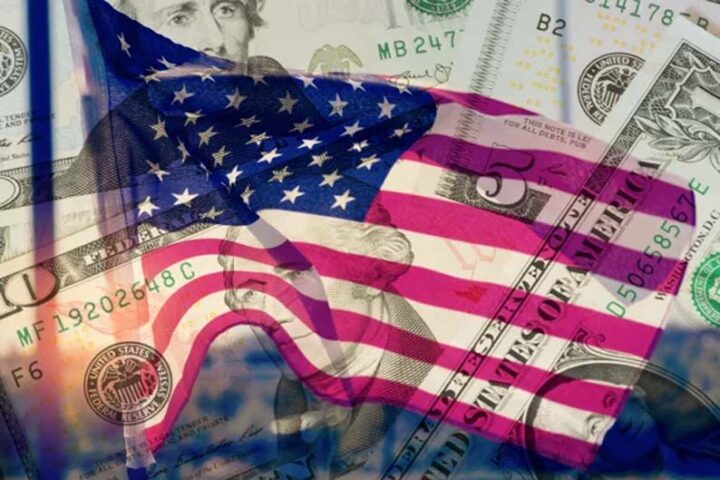By Craig Erlam
Another mixed session in Europe on Thursday with US stocks pointing to a similar open on Wall Street despite some promising inflation figures from the euro area.
While the eurozone HICP release isn’t due until Friday, we got some insight ahead of time from the individual country breakdowns and it’s Germany that offered a promising update Thursday morning.
Headline inflation in North Rhine Westphalia fell to 4.2% this month from 5.8% in August, a huge move that will give the ECB confidence that its decision to all but declare an end to the tightening cycle a couple of weeks ago was correct.
The decline was expected due to the expiry of a transport subsidy last year which created more favourable base effects. But as we’ve seen so much over the last couple of years, until the figures drop, you can’t be too confident.
The Spanish release was less cause for celebration, but the increase from 2.6% to 3.5% was in line with expectations, so there was no nasty shock that could be a cause for concern among investors or at the central bank.
The euro firmed against the dollar on Thursday, but the greenback is down against a bunch of currencies following an astonishingly strong performance over the last couple of months.
Is oil running on fumes?
Oil prices are increasingly hitting the headlines, with Brent crude coming within five dollars of triple figures which will bring back bad memories of last year’s price surge.
While oil could top $100, this is different from 2022 and is largely being driven by OPEC+ tipping the market into deficit, which is unlikely to be the long-term plan.
What’s more, there may be some early signs that the oil rally is running on fumes as we get closer to $100, perhaps a sign that traders view it as a major psychological hurdle.
That’s what it proved to be in October and November last year, the last time Brent traded around these levels.
Challenging environment for gold
Gold has fallen out of fashion, it seems, after tumbling below $1,900 on Wednesday. The yellow metal fell a little over 1.3% to its lowest level since mid-March and while it is marginally higher on Thursday on the back of a softer dollar, the near-term looks challenging.
The Fed’s hawkish communication at a time when other central banks are adopting more of a neutral stance is boosting US yields and the dollar, and punishing gold.
In the absence of more promising US data on inflation and the labour market, it may remain a tough environment for gold. And a government shutdown could complicate that further.
Craig Erlam is Senior Market Analyst, UK & EMEA at OANDA
Opinions are the author’s, not necessarily that of OANDA Global Corporation or any of its affiliates, subsidiaries, officers or directors. Leveraged trading is high risk and not suitable for all. Losses can exceed investments.







